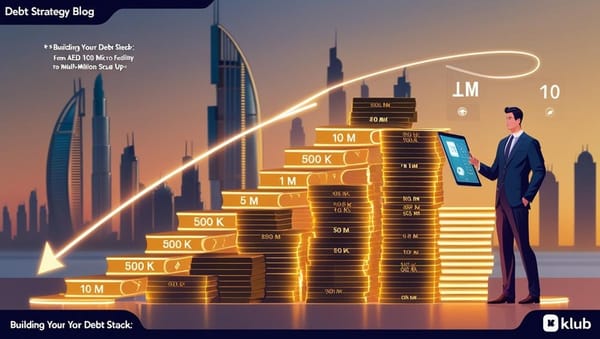One Year, Five Top-Ups: How a Dubai D2C Brand Used KCTL to 10× Revenue

Company Snapshot
Sector: Home fragrance
Founded: 2022
Start GMV: AED 120 K/month
Gross Margin: 55 %
Sales Channels: Shopify + noon
Round-by-Round Timeline
| Month | Advance | Fee | Use of Funds | GMV after 60 days |
|---|---|---|---|---|
| 0 | 200 K | 30 K | Ramadan inventory | 300 K |
| 3 | 300 K | 42 K | TikTok & IG ads | 550 K |
| 6 | 500 K | 75 K | Hire 4 fulfilment staff | 800 K |
| 9 | 800 K | 120 K | Launch KSA warehouse | 1.4 M |
| 12 | 1.2 M | 180 K | Private-label raw materials | 1.8 M |
Cash-Flow Analytics
- Peak repayment share hit: AED 18 K/day for 10 days of White Friday, then normalised.
- Lowest repayment day: AED 3 K during mid-summer lull (sales dipped, buffer kicked in).
- Average tenure per line: 4.7 months.
Break-Even vs. Profit
The brand never fell below cash zero because each advance funded positive-ROI assets before repayment ramped. Overall effective APR: 17.8 %, but ROI on capital deployed: 112 %.
Founder Quotes
“Traditional banks offered us 9 % plus collateral—tied up our villa. KCTL cost more on paper, but speed meant we earned five times the fee before the first bank meeting would’ve finished.”
Lessons Learned
- Data transparency = faster, bigger top-ups.
- Inventory + marketing is a virtuous loop.
- Keep buffer cash; variable repayments soften dips but don’t erase them.
- Hybrid debt-equity—they finally raised a seed round at 6× the valuation of pre-KCTL days.
Conclusion
Strategic, staged RBF can out-pace equity dilution and build leverage for a premium VC round.
CTA: Ready to map your own multi-top-up path? Start with a quick eligibility check.




